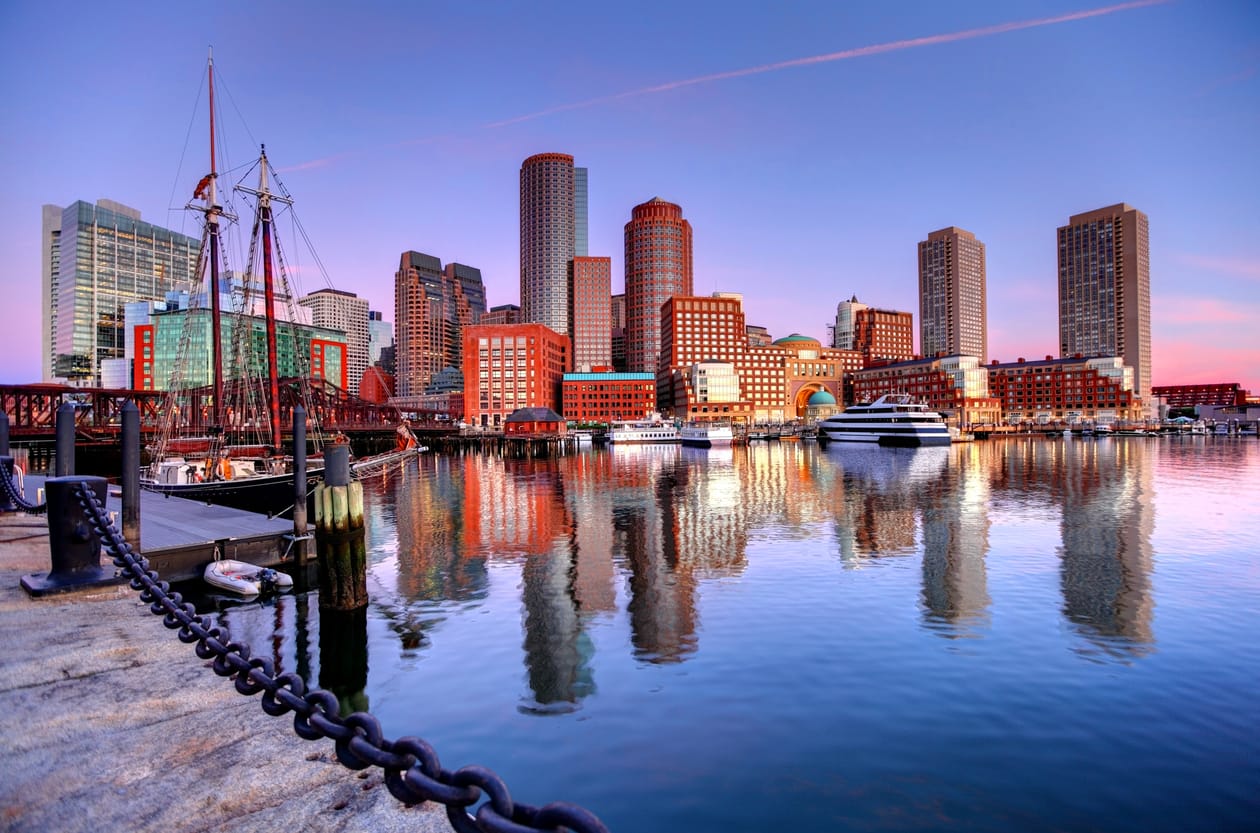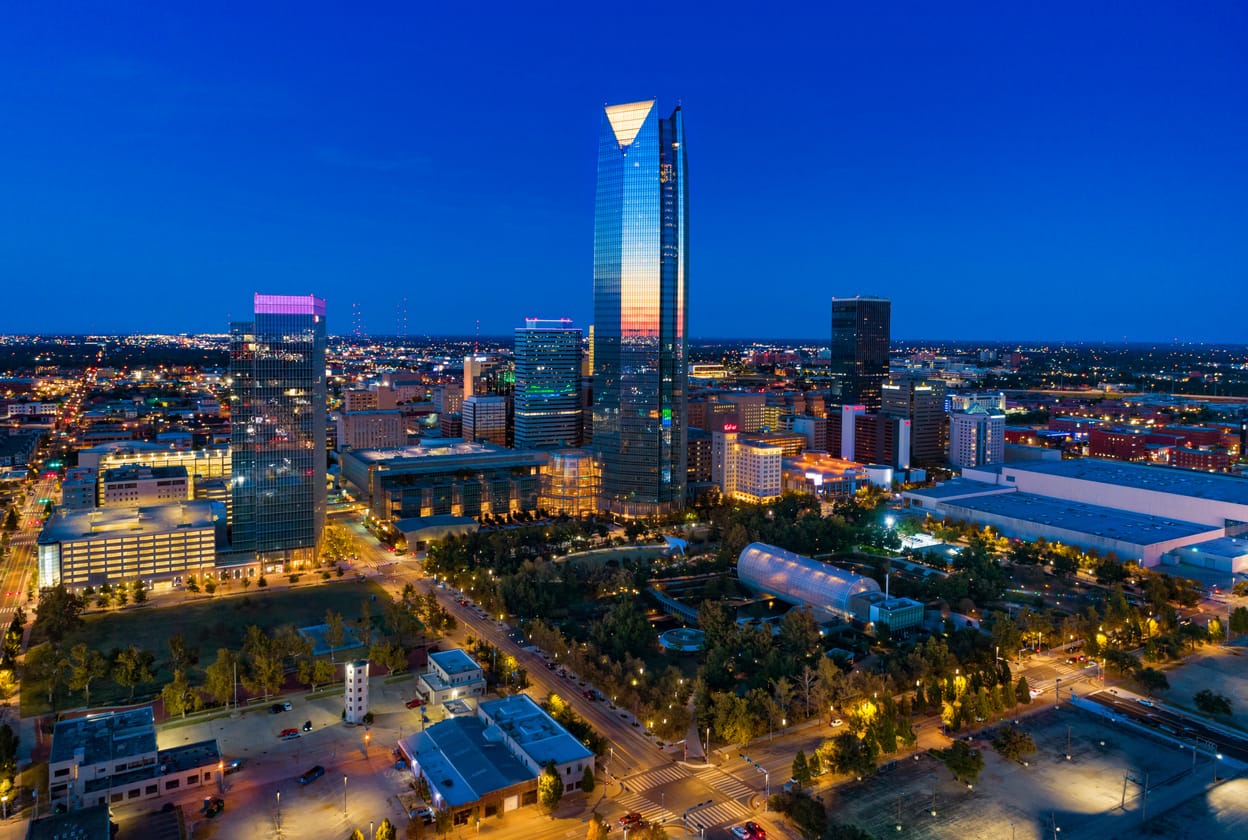Shipping from the State of Massachusetts to Oklahoma
Massachusetts officially referred to the Commonwealth of Massachusetts, is one of the crowded states in the New England region of the northeastern United States. It is bordered with the Atlantic Ocean to the east, Connecticut and Rhode Island to the south, New Hampshire and Vermont to the north, and New York to the west. The state capital is Boston. It was accepted statehood on February 6, 1788. English explorer and colonist John Smith named the state for the Massachuset tribe.

The state is also celebrated for sparking the American Industrial Revolution with the growth of textile mills and for its large Irish-American population.
Nicknamed as the Bay City, the state possess the motto- Ense petit placidam sub libertate quietem (“By the sword we seek peace, but peace only under liberty”).
Shipping to the State of Massachusetts to Oklahoma
The land that today composes Oklahoma was added to the USA as part of the Louisiana Purchase of 1803. Throughout the 19th century, the U.S. government relocated Indian tribes from the southeastern United States to the area, and by 1900, over 30 Indian tribes had been transferred to what was originally called the Indian Territories. At the same time, ranchers in Texas started to relocate into the area searching for new pasture lands, as well as the government at some point opened the land to settlement, creating “land runs” in which inhabitants were enabled to go across the border at a specific hr to insurance claim homesteads.

Settlers that broke the law as well as crossed the boundary faster than enabled were called “Sooners,” which ultimately came to be the state’s nickname. Oklahoma ended up being the 46th state in 1907, complying with numerous acts that incorporated an increasing number of Indian tribal lands into the UNITED STATE area. After its inclusion in the union, Oklahoma ended up being a center for oil manufacturing, with much of the state’s early development coming from that industry. Throughout the 1930s, Oklahoma experienced droughts as well as high winds, ruining numerous ranches and developing the well-known dust bowl of the Great Clinical depression era.
